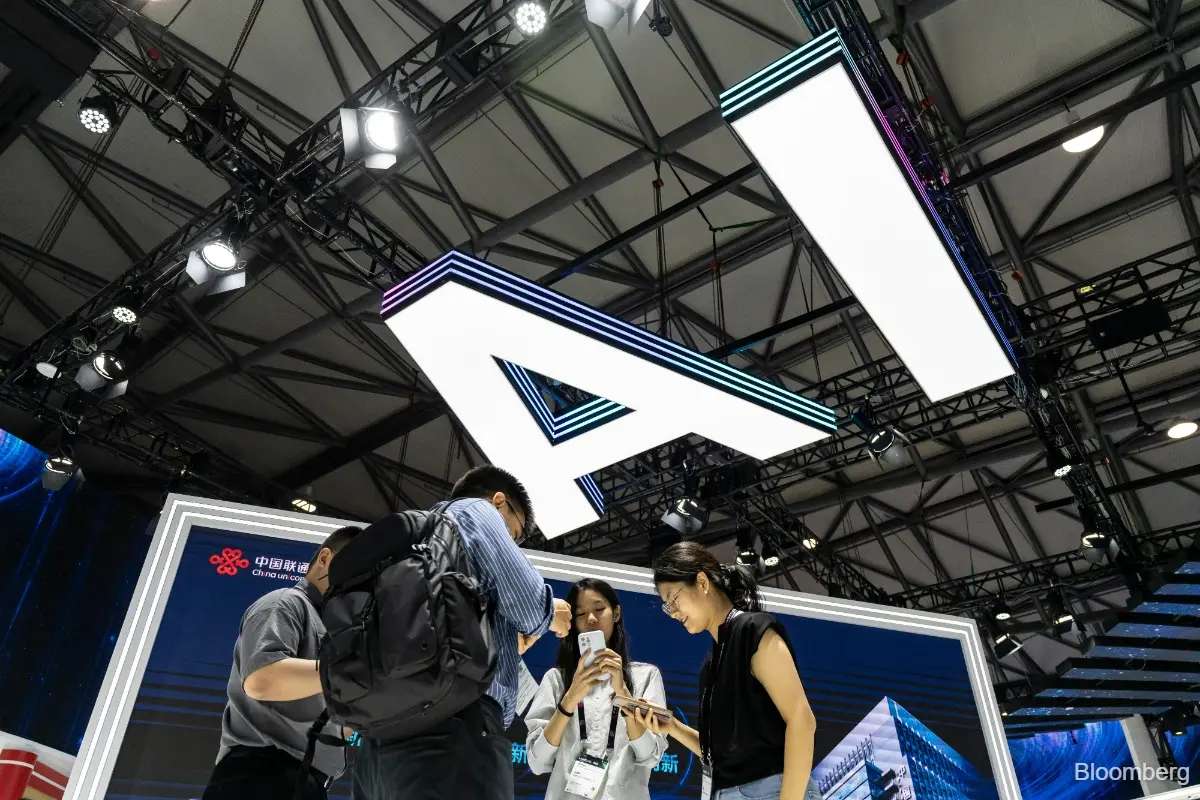Alibaba Baidu develops its own AI chips and wants to break through Nvidia, its share price skyrocketing
AI chips are gradually evolving into a key fulcrum for national scientific and technological competition and corporate strategic autonomy.
On September 12, Alibaba and Baidu, two major China technology giants, performed well in Hong Kong stocks. At the beginning of the session, their share prices rose sharply. Alibaba's gain was close to 7%, and Baidu also rose more than 6%.Sources said that the two companies are accelerating the adoption of self-developed chips to train their own artificial intelligence models and gradually replacing the hardware of traditional GPU suppliers such as Nvidia.
According to media, Alibaba has been using light-containing chips developed by its Dharma Institute for the training of lightweight AI models since the beginning of 2024, and has now entered a stable operation stage.Baidu is more actively promoting the experimental application of its Kunlun chips in the training of the main AI model-Wenxinyan version, especially the use of the P800 series chips, marking that the performance of domestic AI chips has gradually approached the threshold of practical deployment.
Globally, the trend of self-research of AI chips is becoming increasingly intense.In late August, OpenAI and chip giant Broadcom announced that they would jointly develop their own AI chips, aiming to reduce their high dependence on core chips such as Nvidia H100.This cooperation may become an important symbol of OpenAI's architectural transformation and may also reshape the entire AI computing ecosystem.At the same time, Google announced that its new generation of TPU (Tensor Processing Units) will be open to third-party data centers for the first time, in an attempt to achieve a more direct breakthrough in competing with Nvidia for market dominance in AI training.It is foreseeable that the competitive landscape of the global AI chip market is shifting from highly concentrated GPUs to ecological diversification with multiple locations.
From a macro perspective, AI chips are gradually evolving into a key fulcrum for national scientific and technological competition and corporate strategic autonomy.Against the backdrop of the current geopolitical landscape and the intensification of decoupling of technology, China companies are facing an increasingly tight high-performance chip import environment.Especially after the United States introduced chip export controls in 2022, the export of high-end GPUs such as NVIDIA A100/H100 to China customers has been completely restricted, putting heavy pressure on the AI development path that relies on overseas chips.Ali and Baidu are accelerating the implementation of self-developed chips at this time. This is not only a strategic adjustment to deal with short-term supply chain shocks, but also a deep layout for seeking endogenous technological growth and long-term strategic security.
This round of self-research on chips by Ali and Baidu is not an isolated incident, but part of the collective action of domestic technology companies.Tencent, ByteDance, Xiaomi, etc. have also deployed self-developed chips to varying degrees.In particular, Tencent's Zixiao AI chip and ByteDance's Kunpeng architecture adaptation plan shows that China's technology industry has formed a high degree of consensus on chip self-development.This not only means that the supply of AI chips will be more autonomous in the future, but also indicates that the independence of China's AI ecosystem will continue to increase.
From a technical perspective, self-developed AI chips have irreplaceable value in improving computing power efficiency, reducing energy consumption and costs, and achieving customized optimization of model training.Taking Ali's optical chip as an example, official data shows that its efficiency in image processing tasks has reached more than twice that of traditional GPUs, and is especially suitable for large-scale image and language model reasoning tasks in e-commerce, finance and other industries.As the third-generation product of this series, Baidu Kunlun P800 adopts a 7nm process technology and integrates up to 256 TOPS of INT8 computing power. It has the ability to compete with overseas mainstream chips in general AI model training.Although there is still a big gap in the current domestic AI chips in terms of ecological completeness and development tool chains, they have shown a trend turning point of "usable, controllable, and replaceable".
However, self-development of chips is not achieved overnight.Even players like OpenAI and Broadcom, who have extremely strong volume and technical reserves, have to face multiple challenges such as IP authorization, EDA tool restrictions, and wafer foundry production capacity.For Alibaba and Baidu, the commercialization of self-developed chips still needs to be verified continuously.On the one hand, it is necessary to ensure that chips find the best balance between performance and cost, on the other hand, it is necessary to solve supporting issues such as software adaptation and developer ecosystem construction.After all, the competition for AI chips has never been just a hardware showdown, but also a deep competition of ecology.
From the perspective of the capital market, the expected improvement effect brought about by this round of chip autonomy has been significantly released.Investors expect Chinese technology companies to get rid of their dependence on a single hardware ecosystem and are expected to restructure their valuation logic.China Merchants Securities pointed out in its latest report that the investment logic of AI infrastructure is shifting from "hardware performance ceilings" to "full-stack ecological capabilities."In the future, the market will pay more attention to enterprises 'collaborative innovation capabilities in multiple dimensions such as chips, computing power scheduling, model algorithms, and scenario implementation.Therefore, the current actions of Ali and Baidu are not only a breakthrough in chip manufacturing, but also a touchstone for the collaborative capabilities of the entire AI industry chain.

·Original
Disclaimer: The views in this article are from the original Creator and do not represent the views or position of Hawk Insight. The content of the article is for reference, communication and learning only, and does not constitute investment advice. If it involves copyright issues, please contact us for deletion.